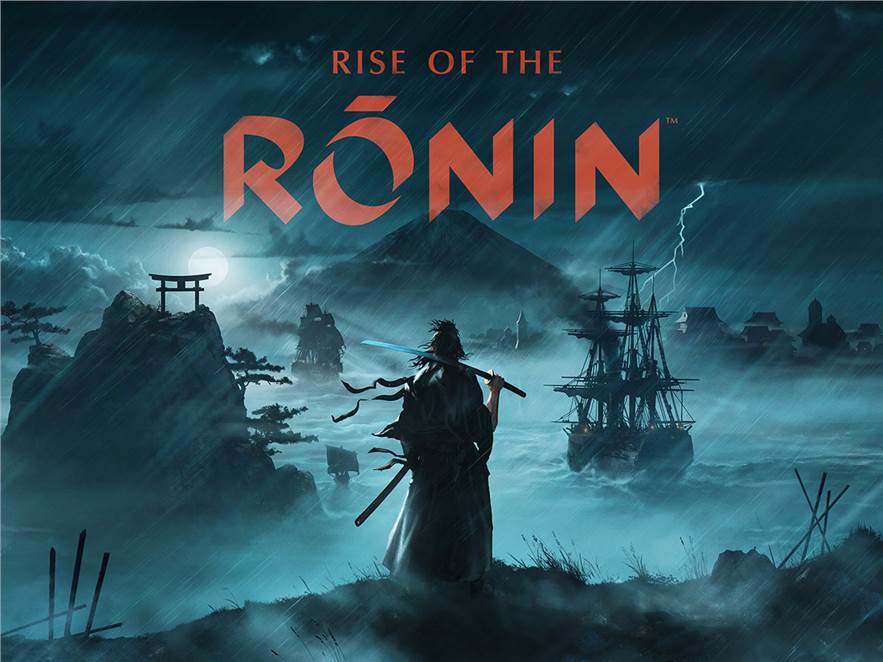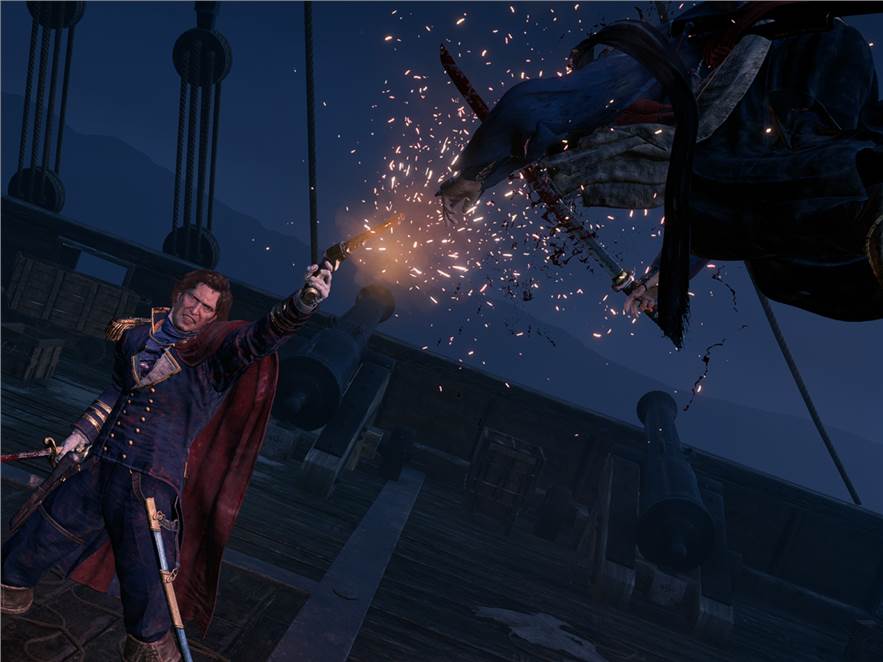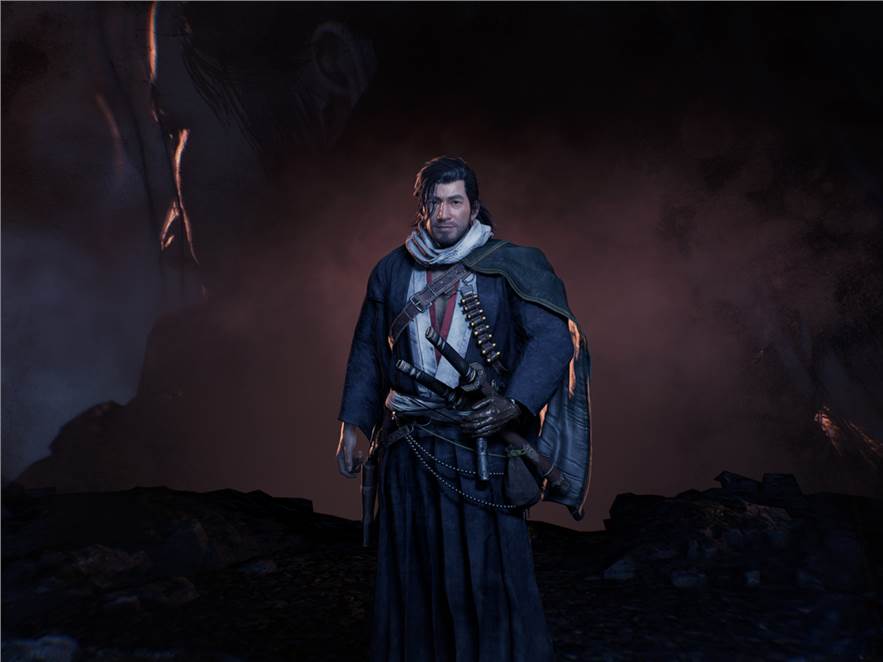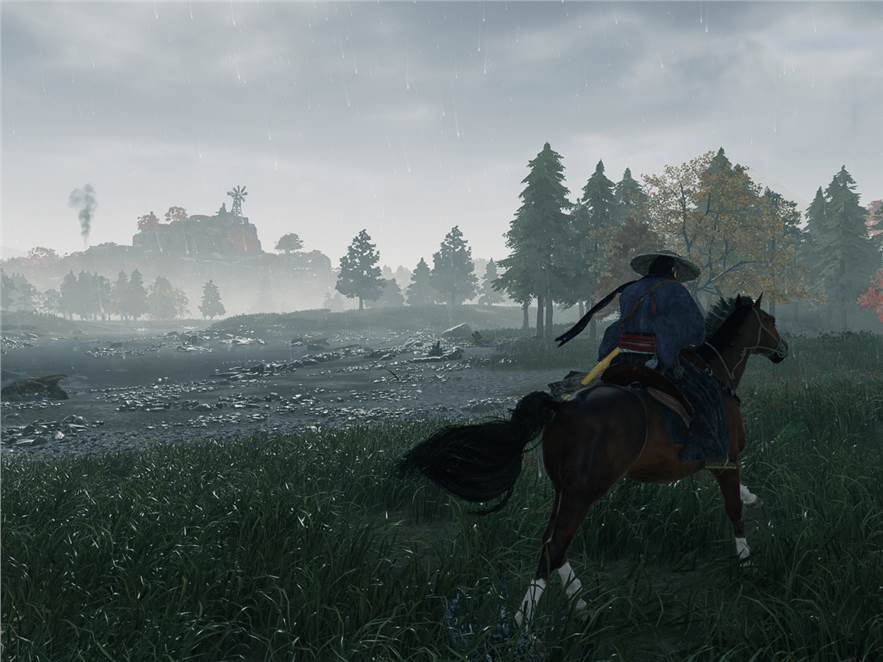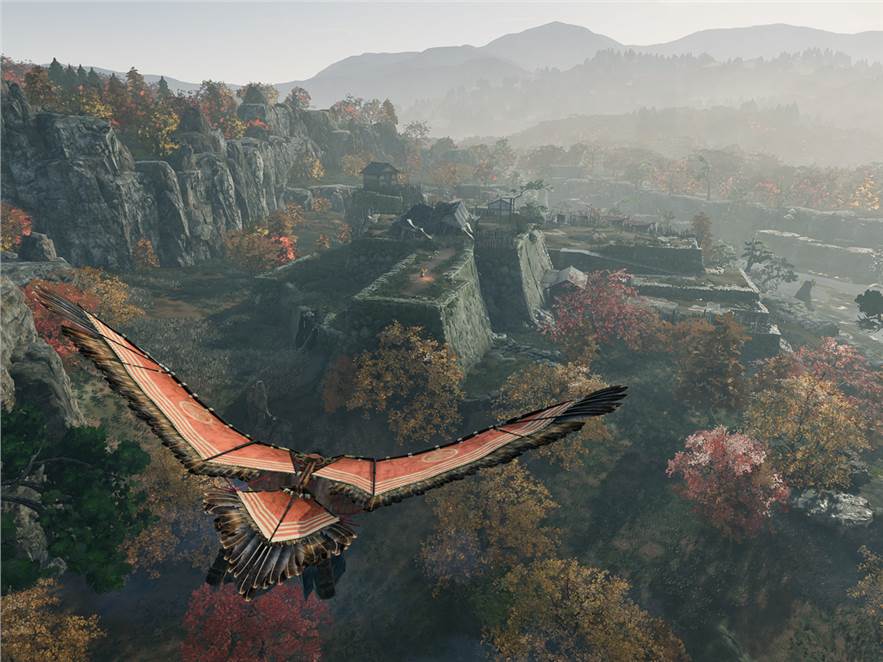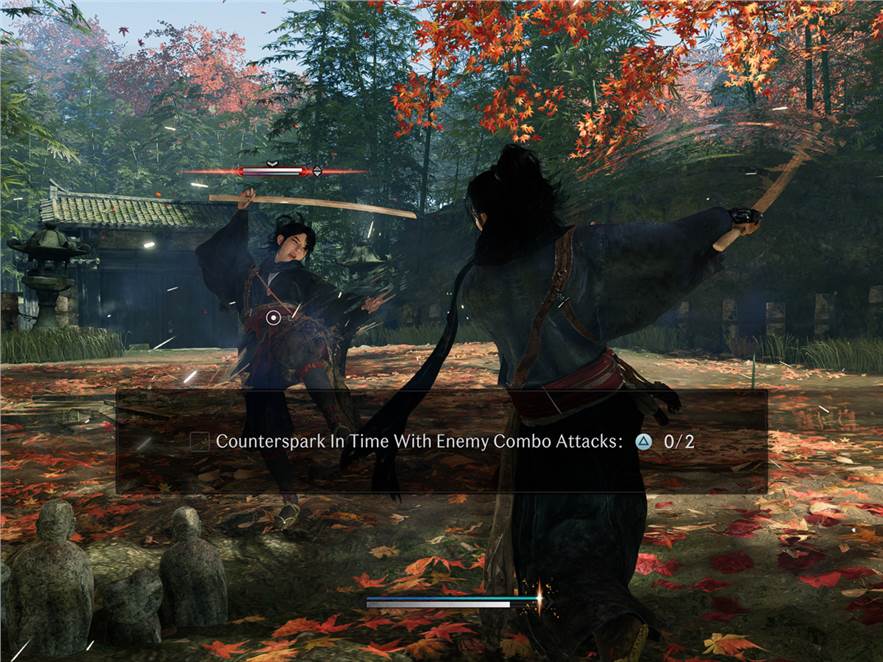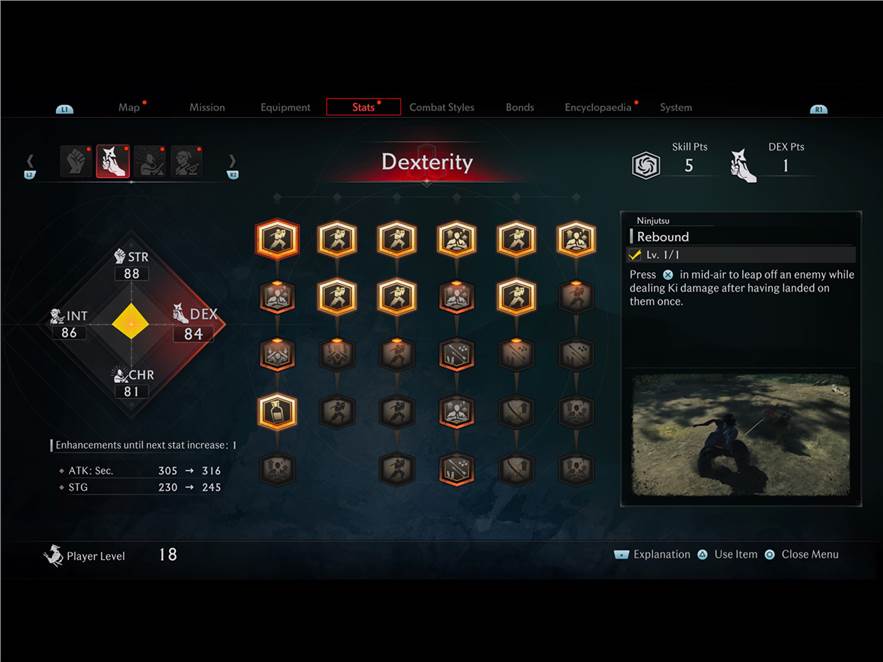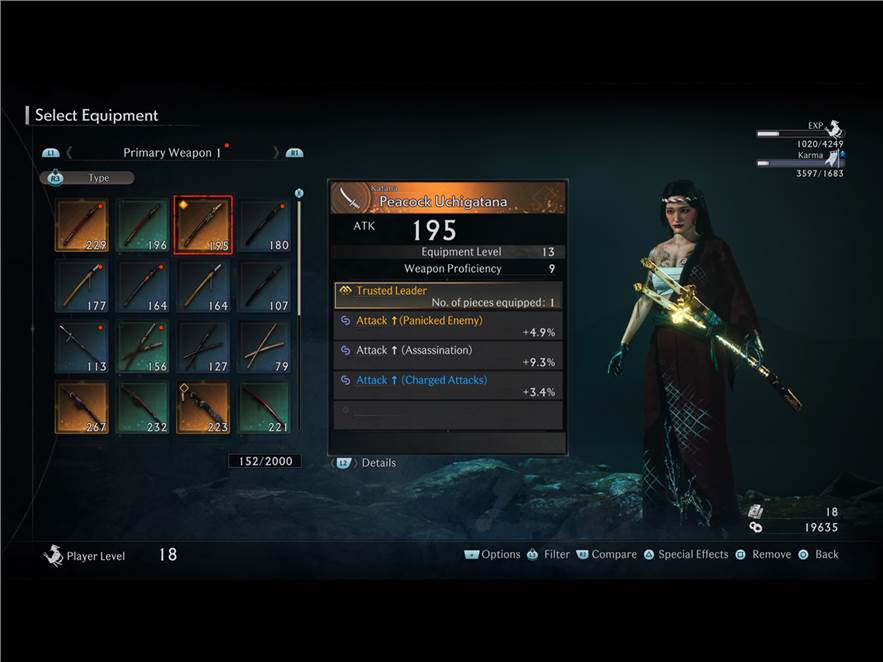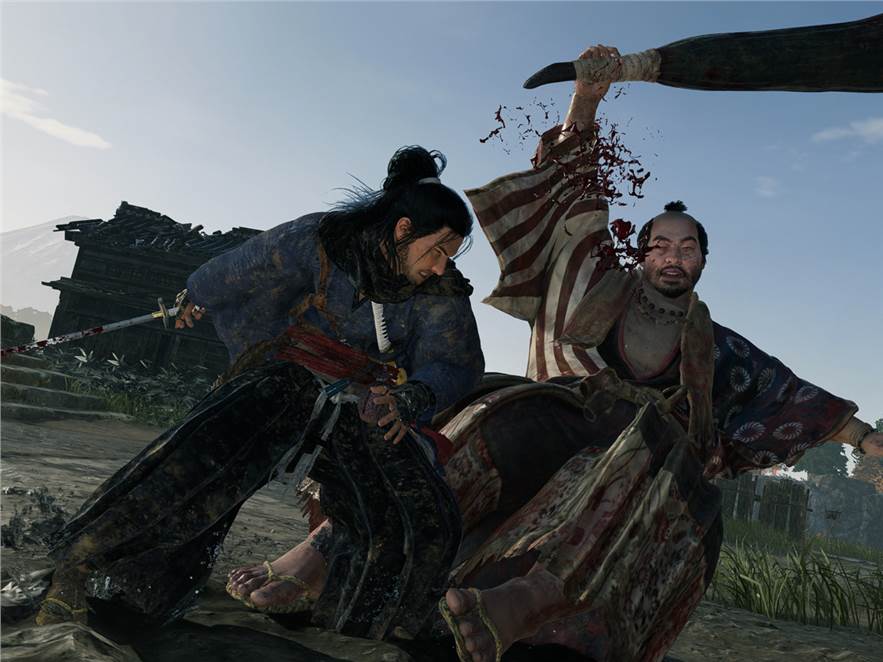Similar to how FromSoftware studio opened up its map to modern standards of open-world exploration with Elden Ring, Team Ninja is on a similar quest with Rise of the Ronin. Albeit, the destination is marked brightly on the map like a Ubisoft game.
However, if you’re expecting a full-fledged souls-like experience then be warned that the game is steered to welcome newer folks into the genre. You can select a difficulty setting in the game before you start, the health bar refills after you leave combat in the open world and you only lose Karma points if you die. Upset? Don’t be, we played the game on Medium difficulty and it was still very challenging. So you will still be sent back to the loading screen for trying to bite more than you can chew, or in this case, dice before you can slice.
